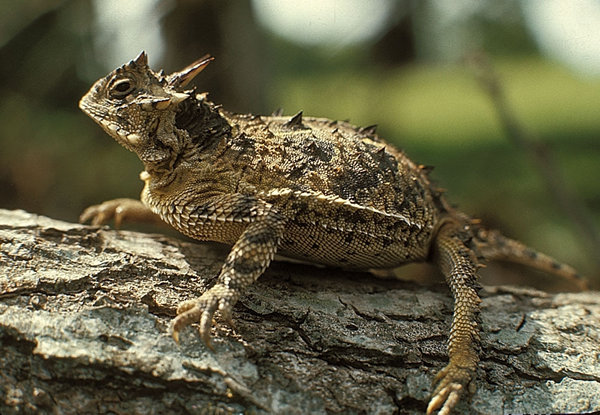
It is survival of the fittest out there in the animal kingdom. A harsh reality that haunts every member of the fauna as long as they live. In their daily quest for sustenance, they are incessantly caught up in a dance of death with friends and foes, in which any misstep is grave. However, many of these animals are not without counter-strategies. Many have developed defense mechanisms that help them elude, combat, or repulse predators and hostile relatives. Today’s article discusses some weird defense mechanisms of the lot. They are not the most ingenious nor the most creative, but they yield results, and that is what matters. From those who projectile-vomit to contortionists, read on to discover some of these animals with weird defense mechanisms against threats.
- Fulmars
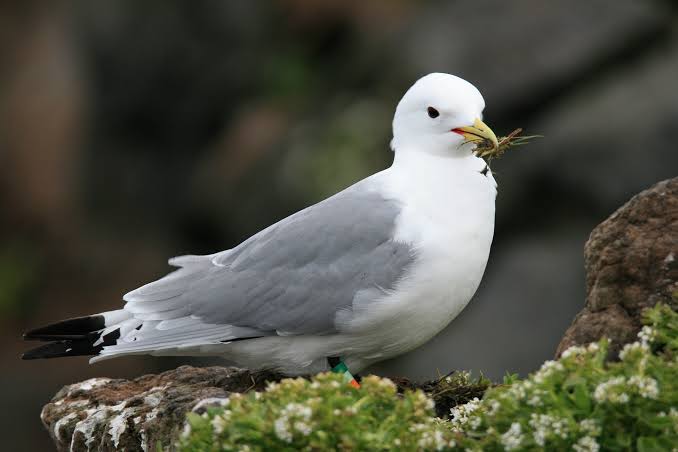
These birds may look innocent and all, but behind their apparent gull-like looks lurks a nasty, albeit nonviolent defense mechanism. Fulmars will spurt pungent-smelling vomit at predatory threats – especially those that stray too close to their nests. This vomit is a putrid oil produced from their proventriculus, a stomach-like compartment in birds’ alimentary canals. It is particularly effective against avian predators as the vomit often drenches and clogs their feathers, rendering these birds unable to fly, and even plunging them to their deaths.
Fulmars are aquatic birds, known to live at sea except during breeding seasons. The northern Fulmar resides in the North Atlantic and the North Pacific. The southern Fulmar, on the other hand, resides in the Southern Ocean. Some predators of the fulmar (at different stages of their lives) include skuas, foxes, sheathbills, and squirrels, among others. They feed on plankton, jellyfish, squid, and shrimp. They dive into the water to fish out their prey.
- Texas Horned Lizard
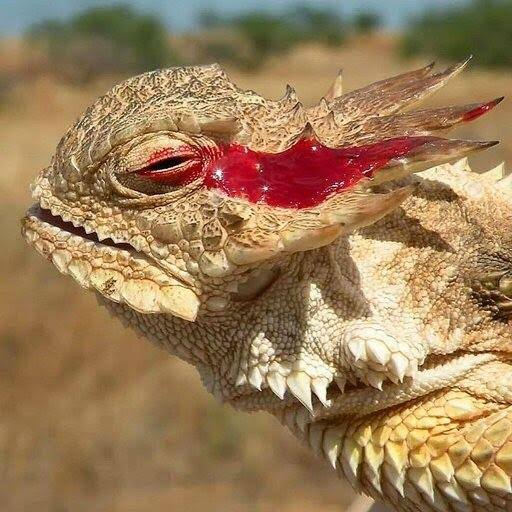
These lizards are the largest of the horned lizards that reside in the United States and Mexico. Although their looks strike one as terrifying, these reptiles are quite placid animals. They are habitual sunbathers, and they are especially prone to Vitamin D deficiency. These reptiles are also insectivorous animals and are well-adapted to the lifestyle. They are capable of neutralizing the venom of harvester ants, which make up more than half of their diet. Their mucus-lined guts are also capable of incapacitating ingested ants.
Why are they on the list? These reptiles have a number of weird defense mechanisms, but the most interesting of the lot is this: They can spurt streams of blood from their eyes and their mouths as well. They do this by pooling blood in their heads, increasing the blood pressure, and rupturing vessels around the eyes. These spurts can hit targets up to 5 feet away. Mixed with a foul-smelling fluid, this mechanism is particularly effective against canid predators. However, it doesn’t seem effective against birds. Some predators of the horned lizard include coyotes, dogs, cats, and birds.
- Sea Cucumbers
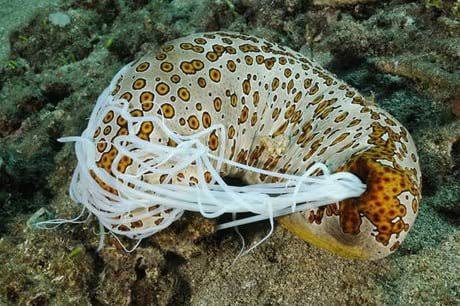
When distressed or threatened, the sea cucumber mutilates its body and spills its guts and other internal organs. They forcefully contract their body musculature and send these organs jetting out their anus. The gut – usually sticky threads – then ensnare their enemies or scare them away. As disturbing as this sounds, it is not so harmful to the sea cucumber. These organisms are capable of regenerating their internal organs in a few days.
Sea cucumbers are members of the phylum Echinodermata. They are so named because they resemble cucumbers. The largest can grow up to 10ft long, and the smallest is less than an inch long. They reside at abyssal depths of the sea, hunting in herds for plankton and decaying organic matter. Some of these animals are in commensal relationships with creatures like the anglerfish.
- Cereal Leaf Beetles
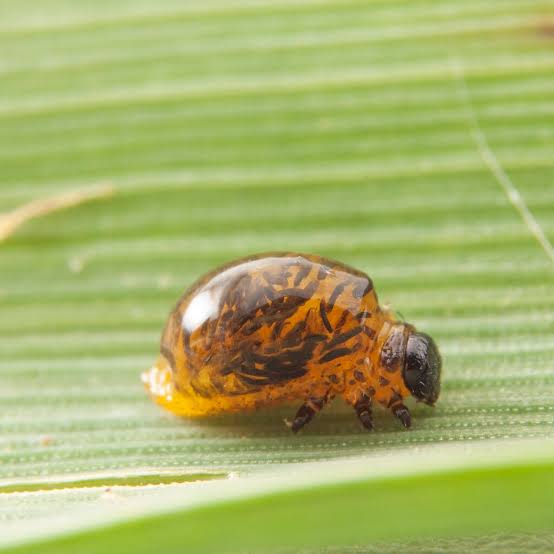
Cereal Leaf Beetles, the last on today’s list, are notorious crop pests. They feast on a variety of cereals – wheat, oats, rye, and barley among others. They are native to Europe and Asia, but they are progressively spreading to other parts of the world. Adults have bright red thoraxes and black abdomens.
Why are they on this list? This insect’s idea of defense is as bizarre as it is repulsive – especially in the early stages of life. Cereal Leaf Beetles smear themselves with their poo to ward off predators. Yes, you read right. They encase their poo in a film of mucus on their bodies, giving them a shiny, wet, glistening appearance. Predators are taken aback by this and steer clear of them. I mean… Who wouldn’t?
Enjoyed this? Click here to check out other wildlife-themed pieces.



1 reply on “Weird Defense Mechanisms In The Animal Kingdom 1”